CRISPR-Cas systems have reshaped genome editing and nearly every biological field. See how Gibson Assembly is streamlining CRISPR workflows.
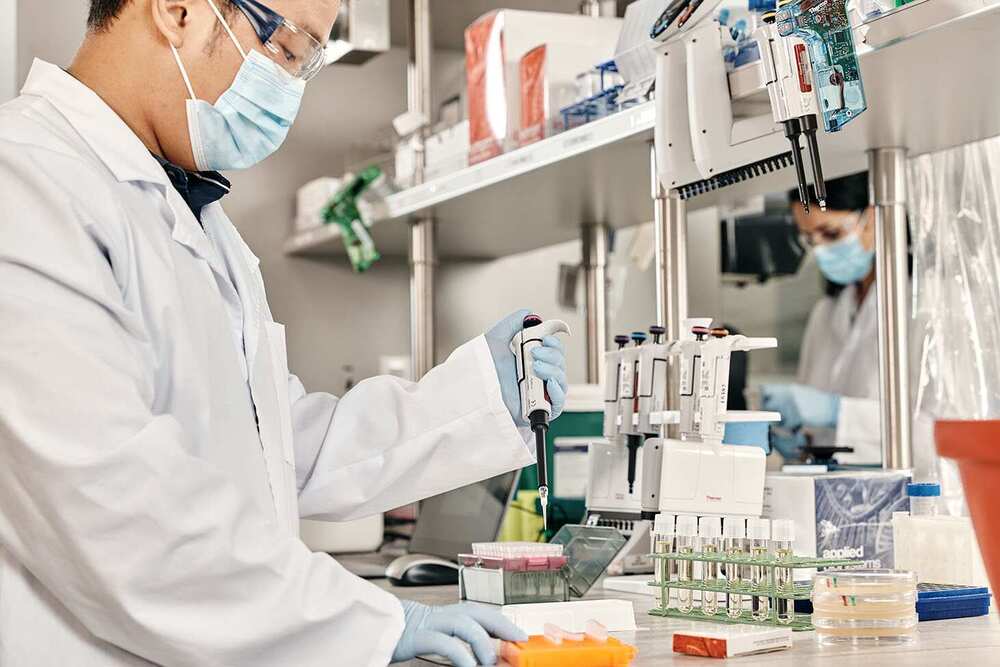


Anxiety disorders are becoming increasingly common, with estimates suggesting that almost one in three people in the U.S. will experience high levels of anxiety at some point in their life. Anxiety is essentially a feeling of unease, worry or psychological discomfort, typically associated with catastrophic thoughts about a real or imagined future life event.
When they are anxious, humans experience the same sensations and physiological responses they would feel when they are afraid of a real and immediate threat, such as a lion chasing them, an ongoing natural disaster, and so on. To better support patients with anxiety disorders, neuroscientists and psychology researchers have been trying to understand the neural underpinnings of fear and anxiety for many years.
Ultimately, both fear and anxiety tend to promote defensive behaviors in response to real or imaginary threats, respectively. The most widely documented among these are the so-called freeze (i.e., staying still), flight (i.e., avoiding a feared situation or escaping), fight (i.e., arguing or becoming aggressive) and fawn (i.e., overpleasing or submitting to another human to avoid the escalation of conflict).
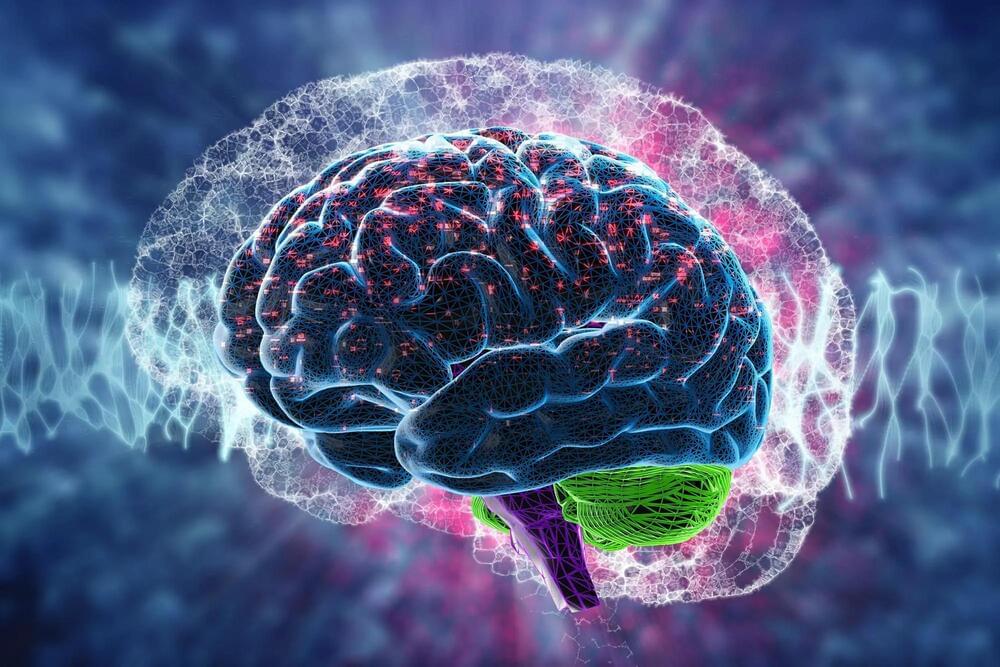
X-ALD is the most prevalent of the approximately 50 rare diseases that affect the white matter of the brain, referred to as leukodystrophies. The genetic damage in X-ALD is due to a defect in the X chromosome. Men who are affected by X-ALD experience a progressive deterioration of their mobility, balance, and sensory abilities, leading to issues such as incontinence and sexual dysfunction.
Although X-ALD is inherited through the X chromosome, female carriers can also experience symptoms of the disease. Approximately 30% of male children and 60% of adult men develop encephalitis, which is a fatal form of the disease that leads to death within two to three years. X-ALD affects roughly one in every 20,000 births globally.
Now, for the first time, scientists from all relevant leukodystrophy centers in Europe and the US have jointly succeeded in obtaining controlled trial data for X-linked adrenoleukodystrophy. Of the 116 patients, 77 received the drug leriglitazone and 39 a placebo. The drug had already shown in preclinical studies that it can prevent neurodegeneration and offer protection against the life-threatening inflammation of the brain.
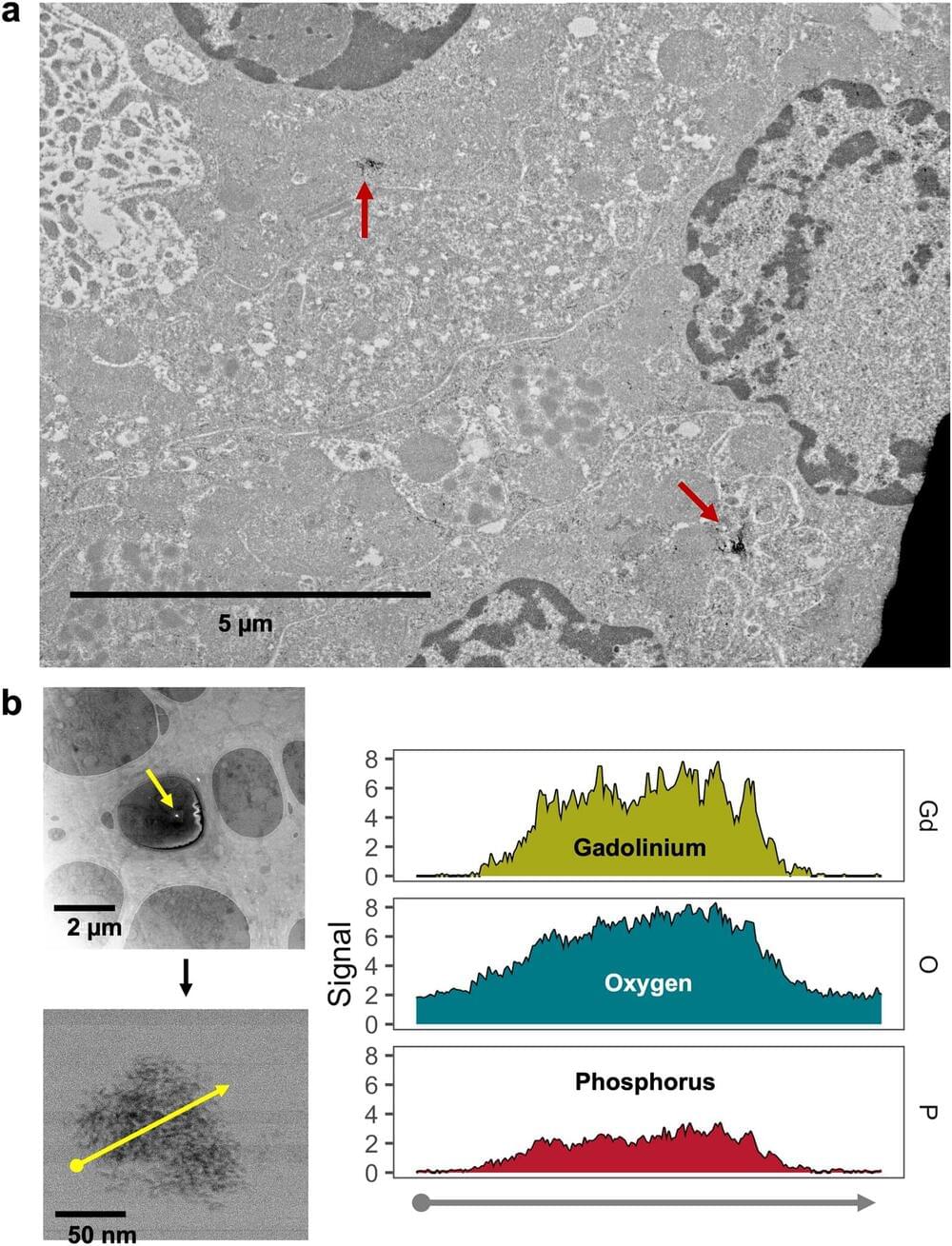
Physicians routinely prescribe an infusion containing gadolinium to enhance MRI scans, but there is evidence that nanoparticles of the toxic rare earth metal infiltrate kidney cells, sometimes triggering severe side effects, University of New Mexico researchers have found.
In the worst cases, gadolinium, an element that has no biologic function, can trigger nephrogenic systemic fibrosis, a painful disease that affects the skin and organs and is often fatal.
In a new study published in Scientific Reports, a team led by Brent Wagner, MD, MS, associate professor in the UNM Department of Internal Medicine, describes the use of electron microscopy to detect tiny deposits of gadolinium in the kidneys of people who had been injected with contrast agents prior to their MRIs.

OpenAI’s ChatGPT has taken the world like wildfire and continues to make headlines. However, the Generative Artificial Intelligence (GAI) has been around for a very long time. The technology was first pioneered in academia with Ian Goodfellow and Yoshua Bengio publishing their first seminal work on Generative Adversarial Networks in 2014 and then Google picked up the torch and published seminal papers and patents in both GANs and generative pre-trained transformers (GPT). In fact, my first paper on generative chemistry, was published in 2016, first granted patent in 2018, and the first AI-generated drug went through the first phase of clinical trials.
Forbes is one of the most reputable content providers on the planet and probably the most reputable when it comes to anything dealing with money. If Forbes does not classify you as a billionaire, you are not a billionaire. It has decades of high-quality expert-generated longitudinal text, and multimedia content in multiple languages. In addition to elite human reporters and editors, it also has a small army of content creators specializing in specific areas contributing to Forbes.com. For example, it is my 5th year as a contributor and I contribute regularly to keep the pencil sharp. This massive human intelligence may be partly repurposed to help develop internal generative resources within the Forbes empire, help curate the datasets and help train or benchmark third-party generative resources. I would gladly volunteer a small amount of time to such a task.
Nature and several other journals in the Nature Publishing Group portfolio are considered to be the Olympus in academic publishing. To publish in one of the elite Nature journals academics spend months and sometimes years going through the rounds of editorial and then peer-review. The quality of the data is questioned, all experimental data is disclosed, and the thousands or millions of dollars that went into the experiments are presented in the form of a paper and supplementary materials.
Having vast amounts of highest-quality data that is not available to the public gives Nature and other publishers the ability to either develop their own versions of ChatGPT, sell or license the data, and restructure the editorial and review processes to create more value for the future generative systems.
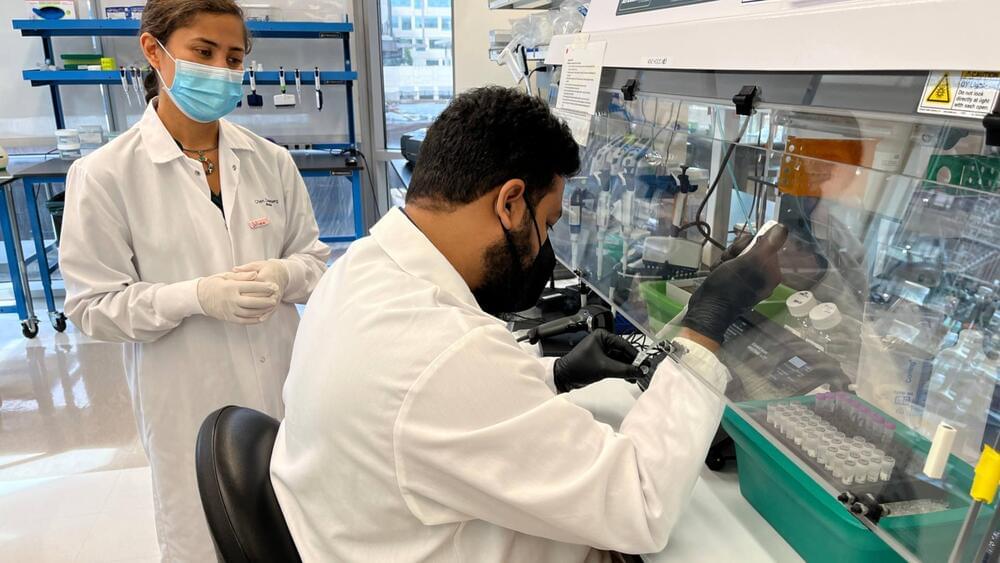
On December 18, 2019, Wuhan Central Hospital admitted a patient with symptoms common for the winter flu season: a 65-year-old man with fever and pneumonia. AI Fen, director of the emergency department, oversaw a typical treatment plan, including antibiotics and anti-influenza drugs.
Six days later, the patient was still sick, and AI was puzzled, according to news reports and a detailed reconstruction of this period by evolutionary biologist Michael Worobey. The respiratory department decided to try to identify the guilty pathogen by reading its genetic code, a process called sequencing. They rinsed part of the patient’s lungs with saline, collected the liquid, and sent the sample to a biotech company. On December 27, the hospital got the results: The man had contracted a new coronavirus closely related to the one that caused the SARS outbreak that began 17 years before.

The US Department of Energy has assessed that the Covid-19 pandemic most likely came from a laboratory leak in China, according to a newly updated classified intelligence report.
Two sources said that the Department of Energy assessed in the intelligence report that it had “low confidence” the Covid-19 virus accidentally escaped from a lab in Wuhan.
Intelligence agencies can make assessments with either low, medium or high confidence. A low confidence assessment generally means that the information obtained is not reliable enough or too fragmented to make a more definitive analytic judgment or that there is not enough information available to draw a more robust conclusion.
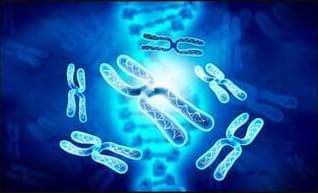
Aging is a complex process, a river fed by several tributaries connected by countless interweaving streams. Its direction is set inexorably towards infirmity, or so it would first appear. Daunting as navigation may seem, their interrelatedness should inspire hope instead of fear.
Aging is undeniably the root of the most common and costly noncommunicable diseases in the developed world, as well as a predisposing factor to severe or fatal reactions to infectious ones. Whatever can be done to slow, halt, or reverse its course holds inestimable economic and humanitarian value (Lee, 2017).
The hallmarks of aging were assembled to broadly conceptualize what lies behind phenomena as seemingly unrelated as gray hair, wrinkles, heart disease, cognitive decline, and cancer. They serve as explanations for why everything from our joints to our eyesight steadily give out over time.

As chatbot responses begin to proliferate throughout the Internet, they will, in turn, impact future machine learning algorithms that mine the Internet for information, thus perpetuating and amplifying the impact of the current programming biases evident in ChatGPT.
ChatGPT is admittedly a work in progress, but how the issues of censorship and offense ultimately play out will be important. The last thing anyone should want in the future is a medical diagnostic chatbot that refrains from providing a true diagnosis that may cause pain or anxiety to the receiver. Providing information guaranteed not to disturb is a sure way to squash knowledge and progress. It is also a clear example of the fallacy of attempting to input “universal human values” into AI systems, because one can bet that the choice of which values to input will be subjective.
If the future of AI follows the current trend apparent in ChatGPT, a more dangerous, dystopic machine-based future might not be the one portrayed in the Terminator films but, rather, a future populated by AI versions of Fahrenheit 451 firemen.

Nature has an extraordinary knack for producing composite materials that are simultaneously light and strong, porous and rigid — like mollusk shells or bone. But producing such materials in a lab or factory — particularly using environmentally friendly materials and processes — is extremely challenging.
Researchers in the Soft Materials Laboratory in the School of Engineering turned to nature for a solution. They have pioneered a 3D printable ink that contains Sporosarcina pasteurii: a bacterium which, when exposed to a urea-containing solution, triggers a mineralization process that produces calcium carbonate (CaCO3). The upshot is that the researchers can use their ink — dubbed BactoInk — to 3D-print virtually any shape, which will then gradually mineralize over the course of a few days.
-This would be good for coral reefs.
EPFL researchers have published a method for 3D-printing an ink that contains calcium carbonate-producing bacteria. The 3D-printed mineralized bio-composite is unprecedently strong, light, and environmentally friendly, with a range of applications from art to biomedicine.